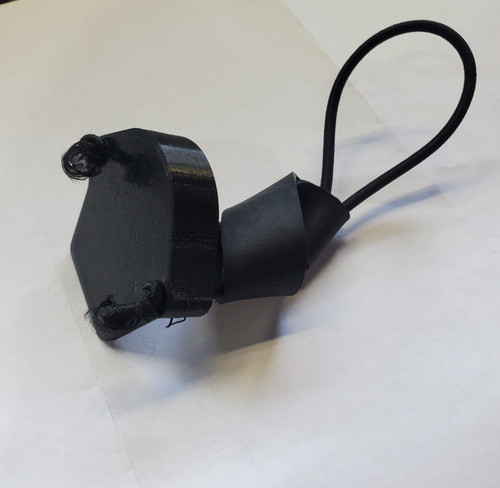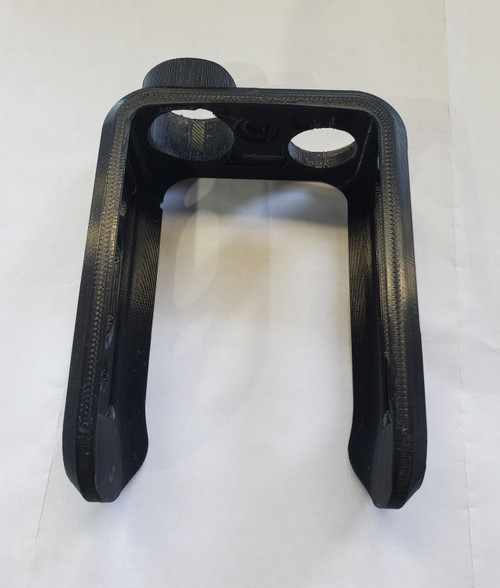The tool is usually constructed using a set of 13 beads on a length of cord. The beads are divided into two sections, separated by a knot. Nine beads are used in the lower section, and four or more beads are used in the upper section. There is often a loop in the upper end, making it possible to attach the tool to the user's gear with a simple Larks head hitch. The beads can be used to count paces or a distance calculated from the number of paces. Both methods require the user to know the relationship between the paces walked, and the distance traveled.[3] There are two main ways to use the beads. One is to represent the distance a person has walked, and the other is to represent the distance they need to walk. In the latter, beads may be used to count down the distance to a destination. For every 100 meters the user walks, one of the lower beads is pulled down. When the ninth of the lower beads is pulled, the user has walked 900 meters. When the user has walked 1000 meters, one of the upper beads is pulled down, and all the lower beads are pulled back up. Using this method, the user must know the number of paces walked in 100 meters. An experienced user can also adapt the pace count for each hundred meter depending on the terrain. When using this method, the user does not have to calculate distance from the number of paces. This method can, of course, be used for non-metric distances as well, though with the beads arranged in a different manner.








